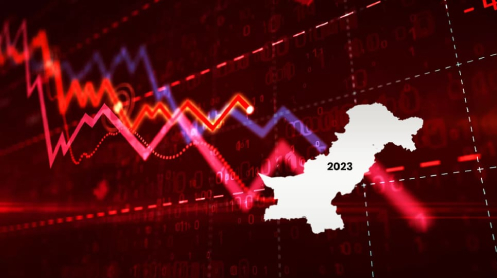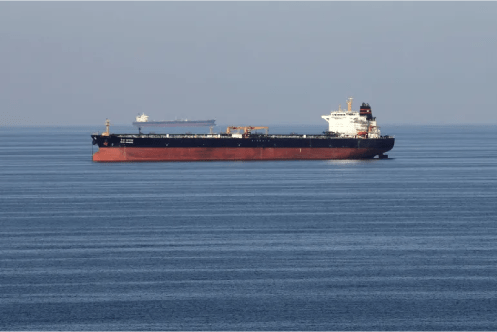In a recent report by Bloomberg economist Ankur Shukla, Pakistan’s economic landscape is poised for recovery, projecting a growth of 2.1 percent in the fiscal year and a significant acceleration to 4.8 percent in fiscal 2025. Several factors contribute to this optimistic outlook, including the approval of a $700 million loan tranche from the International Monetary Fund (IMF) in November, easing supply bottlenecks, lower interest rates, and positive agricultural indicators.
IMF Support and Fiscal Landscape:
The approval of the IMF loan tranche in November has played a pivotal role in shoring up Pakistan’s economic activity. Shukla emphasizes the need for additional aid from the IMF, estimating that Pakistan requires approximately $30 billion annually through fiscal 2028 to manage external debts and import expenses. Despite current foreign exchange reserves standing at $7.3 billion, negotiations for a new longer-term deal with the IMF are anticipated once the current program concludes in March.
Positive Indicators for Growth:
The report highlights several positive indicators that contribute to the anticipated economic growth in 2024. Increased farming acreage, removal of import restrictions, and lower borrowing costs are identified as key factors. Shukla notes that the removal of import restrictions and an increase in farming acreage are likely to result in higher agricultural output. Official data for the July-September quarter shows significant increases in the cultivation areas for rice, cotton, and maize, compared to the previous year.
Furthermore, Shukla points out that the growth figures will benefit from a low year-earlier base of comparison, as the economy contracted by 0.2 percent in the year through June 2023. The report suggests that the growth trajectory is also supported by a recovery in activity between June and October, with a 3.2 percent increase.
Challenges and Headwinds:
While the economic outlook appears promising, challenges and headwinds are acknowledged. Elevated taxes, high fuel and energy bills, and sharp increases in debt servicing costs have constrained consumer spending power, limiting the space for fiscal spending. Shukla warns that these factors could act as impediments to the anticipated rebound.
Additionally, inflation, which averaged 29% in the first five months of the current fiscal year, is expected to slow to 24% in 2024. Factors contributing to this decline include higher domestic agricultural production, lower global oil prices, and the high base effect. However, Shukla notes that the hikes in energy prices to fulfill the IMF’s aid terms have kept inflation elevated. The government’s efforts to reduce retail petrol prices since October and lower global crude oil prices are expected to contribute to further cuts and price stabilization.
Monetary Policy and State Bank of Pakistan:
The State Bank of Pakistan, which implemented a substantial 600 basis points increase in its key policy rate to 22 percent in the first half of 2023 to curb inflation and stabilize the currency, is expected to shift its stance. Shukla predicts that the central bank will likely start cutting rates from March as inflation slows. The forecast suggests a significant reduction of 700 basis points, bringing the policy rate to 15 percent by the end of 2024.
Political Stability and Investor Confidence:
The upcoming general election scheduled for February is expected to play a crucial role in shaping Pakistan’s economic landscape. Shukla anticipates that the election will lead to greater political stability and investor confidence. He emphasizes the importance of any new government adhering to IMF terms and successfully completing the current program.
Conclusion:
In conclusion, Pakistan’s economic trajectory for 2024 holds promise, marked by positive indicators such as increased farming acreage, removal of import restrictions, and lower borrowing costs. The approval of the IMF loan tranche in November and the anticipated negotiation of a new longer-term deal post-March further contribute to the positive outlook. However, challenges such as elevated taxes, high energy bills, and debt servicing costs remain, underscoring the need for prudent economic management. The State Bank of Pakistan’s expected shift in monetary policy and the upcoming general election will undoubtedly shape the country’s economic destiny, and successful navigation through these challenges will be crucial for sustained growth.
By: Mustafa Tahir







